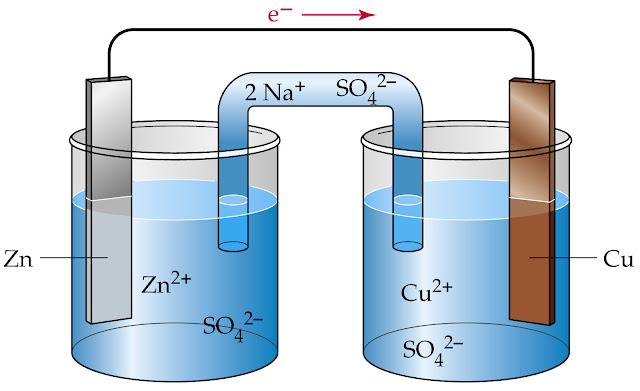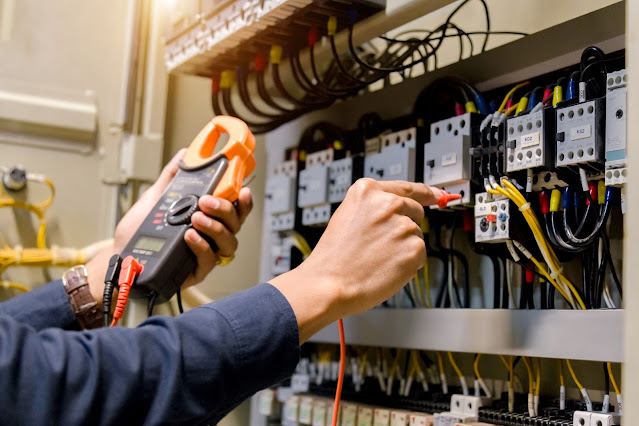The global Electrochemical Cell Market is estimated to be
valued at US$23.73 billion in 2023 and is expected to exhibit a CAGR of 16%
over the forecast period of 2023 to 2030, as highlighted in a new report
published by Coherent Market Insights.
Market Overview:
Electrochemical cells are devices that convert chemical
energy into electrical energy through redox reactions. They find extensive
applications in various industries such as automotive, healthcare, consumer
electronics, and energy storage. The advantages of electrochemical cells
include high energy density, long lifespan, and eco-friendliness. The
increasing demand for portable electronic devices, the rising adoption of
electric vehicles, and the growing need for uninterrupted power supply are the
key drivers propelling the growth of the electrochemical cell market.
Market Key Trends:
One key trend in the electrochemical cell market is the
rapid adoption of lithium-ion batteries. Lithium-ion batteries are widely used
in portable electronic devices, electric vehicles, and renewable energy storage
systems due to their high energy density, lightweight design, and long cycle
life. The increasing popularity of smartphones, tablets, and laptops, coupled with
the surging demand for electric vehicles, is driving the growth of the
lithium-ion battery market. Additionally, advancements in battery technology
and the development of improved electrode materials are further fueling the
demand for lithium-ion batteries in the electrochemical cell market.
Segment Analysis:
The electrochemical cell market can be segmented based on
type, end-use industry, and geography. Based on type, the market can be
classified into primary batteries and secondary batteries. The secondary
batteries segment is expected to dominate the market during the forecast
period. This can be attributed to the increasing demand for rechargeable
batteries in various applications such as consumer electronics, automotive, and
energy storage systems. Additionally, advancements in technology, such as the
development of lithium-ion batteries, have led to their widespread adoption in
various industries.
Key Takeaways:
The global
electrochemical cell market is expected to witness high growth,
exhibiting a CAGR of 16% over the forecast period from 2023 to 2030. This
growth can be attributed to several factors. Firstly, the increasing demand for
consumer electronics, coupled with the rising trend of digitalization, is
driving the demand for electrochemical cells in devices such as smartphones,
tablets, and laptops. Secondly, the growing adoption of electric vehicles (EVs)
is fueling the demand for rechargeable batteries, thereby boosting the market
growth. Additionally, the increasing focus on renewable energy sources and the
need for efficient energy storage systems are further driving the demand for
electrochemical cells.
In terms of regional analysis, Asia Pacific is expected to be the
fastest-growing and dominating region in the electrochemical cell market. This
can be attributed to factors such as the presence of key market players, rapid
industrialization, and the growing demand for consumer electronics and electric
vehicles in countries like China, Japan, and South Korea. Moreover, the
increasing investment in renewable energy projects in the region is expected to
contribute to market growth.
Key players operating in the electrochemical cell market include Panasonic
Corporation, Samsung SDI Co., Ltd., LG Chem Ltd., Tesla, Inc., BYD Co. Ltd.,
Johnson Controls International plc, Saft Groupe S.A., GS Yuasa Corporation,
Duracell Inc., Enersys, A123 Systems LLC, Sony Corporation, Bloom Energy
Corporation, Toshiba Corporation, and Siemens AG. These players are focusing on
strategies such as mergers and acquisitions, partnerships, and product
innovations to gain a competitive edge in the market.
Read More:




Comments
Post a Comment